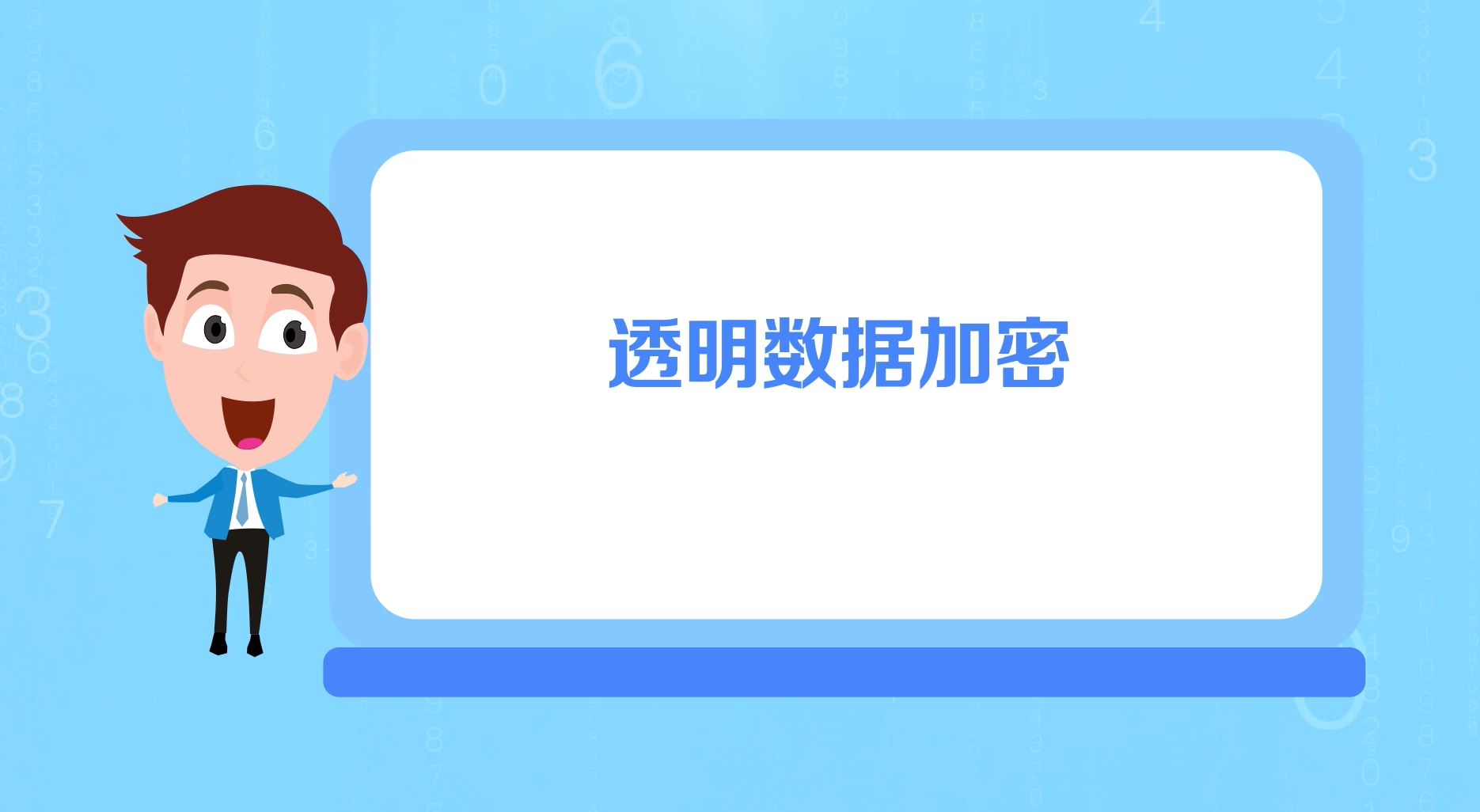Android长时间保存文件getExternalFilesDir和getFilesDir和
getExternalFilesDir()和getFilesDir()public String getFilesPath( Context context ){String filePath ;if (Environment.MEDIA_MOUNTED.equals(Environment.getExternalStorageState())|...
getExternalFilesDir()和getFilesDir()
public String getFilesPath( Context context ){
String filePath ;
if (Environment.MEDIA_MOUNTED.equals(Environment.getExternalStorageState())
|| !Environment.isExternalStorageRemovable()) {
//外部存储可用
filePath = context.getExternalFilesDir(null).getPath();
}else {
//外部存储不可用
filePath = context.getFilesDir().getPath() ;
}
return filePath ;
}
函数返回路径/storage/emulated/0/Android/data/包名/files
用来存储一些长时间保留的数据,应用卸载会被删除
getExternalCacheDir和getCacheDir
public String getCachePath( Context context ){
String cachePath ;
if (Environment.MEDIA_MOUNTED.equals(Environment.getExternalStorageState())
|| !Environment.isExternalStorageRemovable()) {
//外部存储可用
cachePath = context.getExternalCacheDir().getPath() ;
}else {
//外部存储不可用
cachePath = context.getCacheDir().getPath() ;
}
return cachePath ;
}
函数返回路径/storage/emulated/0/Android/data/包名/cache
用来存储一些临时缓存数据
加External和不加的比较:
相同点:
1. 都可以做app缓存目录。
2. app卸载后,两个目录下的数据都会被清空。
不同点:
1、目录的路径不同。前者的目录存在外部SD卡上的。后者的目录存在app的内部存储上。
2、前者的路径在手机里可以直接看到。后者的路径需要root以后,用Root Explorer 文件管理器才能看到。
更多推荐
 已为社区贡献1条内容
已为社区贡献1条内容









所有评论(0)